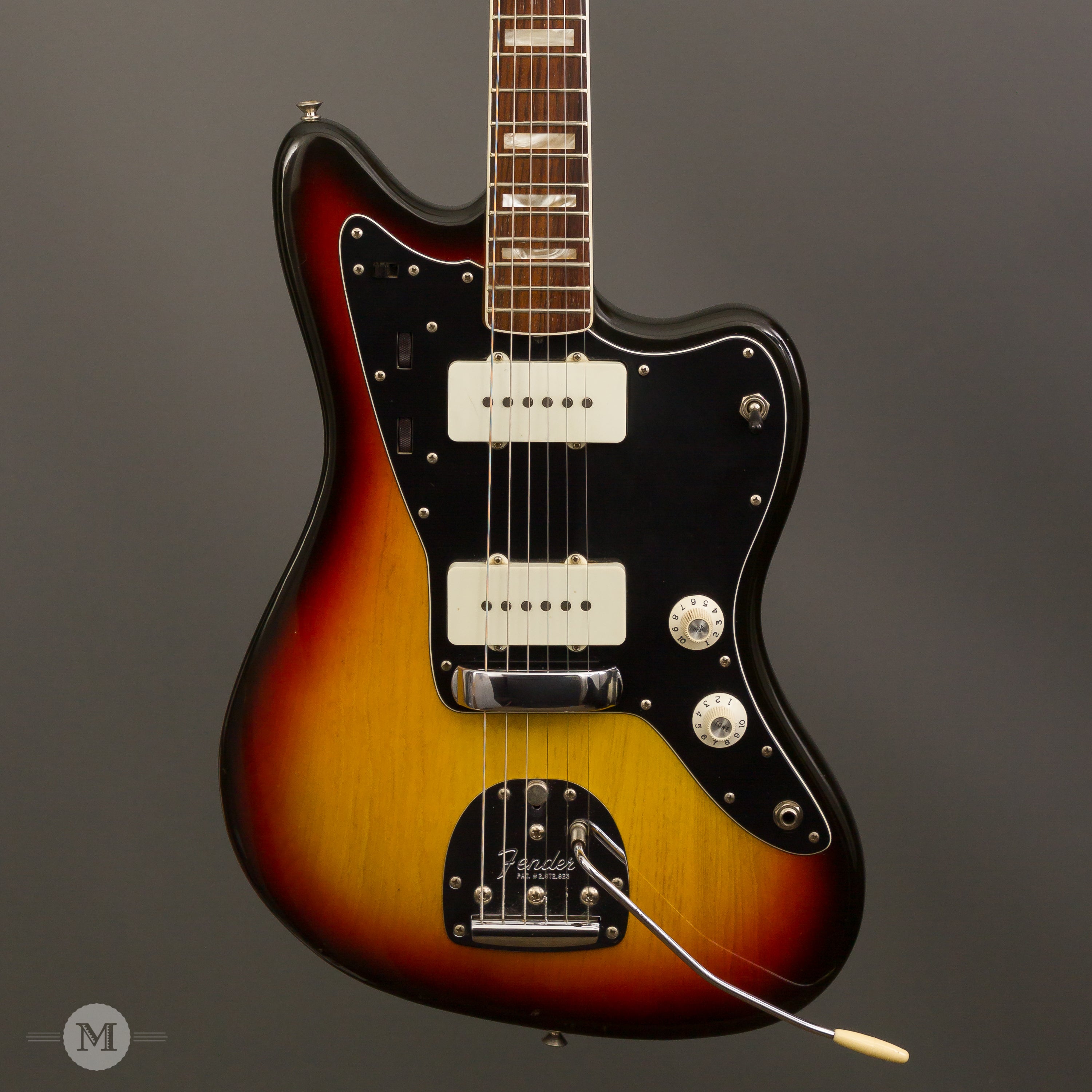
Announcements and corrections from the podium at live auctions and those made through the Conditions of Sale appearing on the Internet at supersede those in the printed Catalog.īidder shall mean the original Bidder on the property offered for sale by RR Auction and not any subsequent owner or other person who may acquire or have acquired an interest therein. The Auction is conducted under these Conditions of Sale. This Auction is presented by RR Auction, a d/b/a/ of R&R Auction Company of Massachusetts, LLC, as identified with the applicable licensing information on the title page of the Catalog or on the Internet site (""). This acknowledgement is a material term of these Conditions of Sale and of the consideration under which RR Auction agrees to these terms. By bidding at the Auction, whether in person, through an agent or representative, by telephone, facsimile, online, absentee bid, or by any other form of bid or by any other means, Bidder acknowledges the thorough reading and understanding of all of these Conditions of Sale, all descriptions of items in the Catalog, and all matters incorporated herein by reference, and agrees to be fully bound thereby. These Conditions of Sale constitute a binding agreement between the Parties with respect to the auction in which Bidder participates (the “Auction”). The following terms and conditions (“Conditions of Sale”) constitute the sole terms and conditions under which RR Auction will offer for sale and sell the property described in the catalog of items for auction (the “Catalog”). Having said this, there are a lot worse guitars out there, and as well as being historically important, the 1820 bass can certainly provide the goods when required.ANYONE EITHER REGISTERING TO BID OR PLACING A BID (“BIDDER”) ACCEPTS THESE CONDITIONS OF SALE AND ENTERS INTO A LEGALLY, BINDING, ENFORCEABLE AGREEMENT WITH R&R AUCTION COMPANY OF MASSACHUSETTS, LLC (“RR AUCTION,” TOGETHER WITH BIDDER, THE “PARTIES”). Over the course of the 70s, the Japanese output improved dramatically, and in many ways these early 70s models are a low point for the brand. These new Epiphones were based on existing Matsumoku guitars, sharing body shapes, and hardware, but the Epiphone line was somewhat upgraded, with inlaid logos and a 2x2 peghead configuration. The Matsumoku factory had been producing guitars for export for some time, but the 1820 bass (alongside a number of guitar models and the 5120 electric acoustic bass) were the first Epiphone models to be made there. Fender Musicmaster, 1956-1964ġ958 Fender Musicmaster Image Heritage auctionsīy the end of the 1960s, a decision had been made to move Epiphone guitar production from the USA (at the Kalamazoo plant where Gibson guitars were made), to Matsumoto in Japan, creating a line of guitars and basses significantly less expensive than the USA-built models (actually less than half the price). The Musicmaster was clearly a success, remaining in continuous production until 1982.

As Fender put it in the 1976 catalog "Begin with a Musicmaster, and graduate to stardom!". This fact was demonstrated on the cover of the 1958 'Down Beat' brochure - an adult plays a Fender Stratocaster, whilst a child looks on, Fender Musicmaster in hand. But in truth, most experienced guitarists wanting to play widely spaced chords or the extra speed afforded by closer frets would chose the dual pickup Duo-Sonic - assuming price was not an issue!įender always believed that if beginner guitarists chose Fender, they would more likely continue playing Fender guitars as they got older.

The 1950s Fender Musicmaster was described as three quarter size, but the difference in size was not so great: Fender also suggested these models for more established players with smaller hands.
1976 fender musicmaster guitar professional#
Although these 'student' guitars were shorter scale than the Fender standard (22 1/2" vs 25"), they were not 'student' in terms of build quality - in fact very much in line with the Fender professional models such as the Telecaster and Stratocaster. It was joined shortly afterwards by a dual pickup companion model, the Duo-Sonic. The three-quarter size Fender Musicmaster debuted in 1956, as a new student model in the Fender solid body range.


 0 kommentar(er)
0 kommentar(er)
